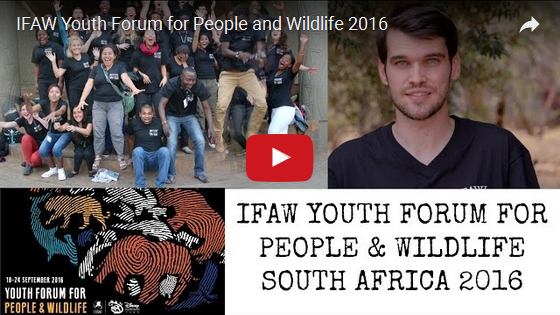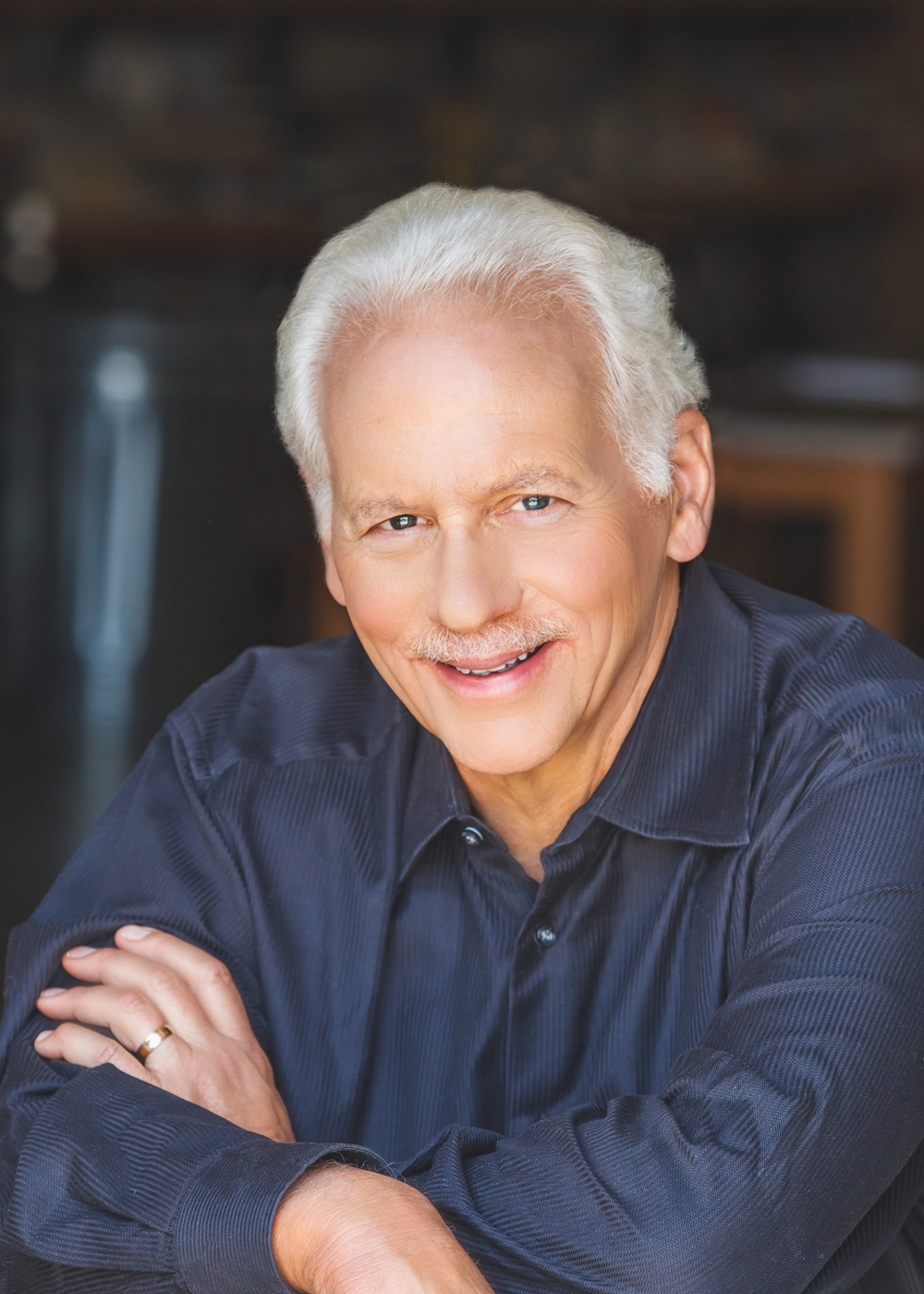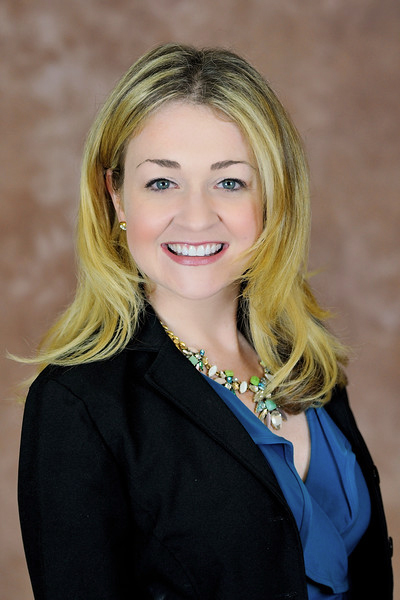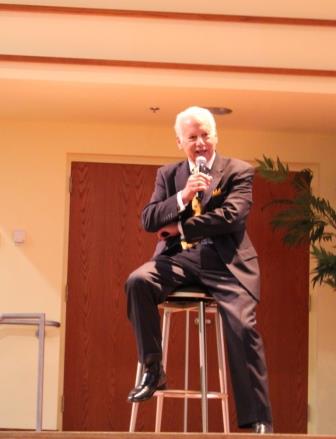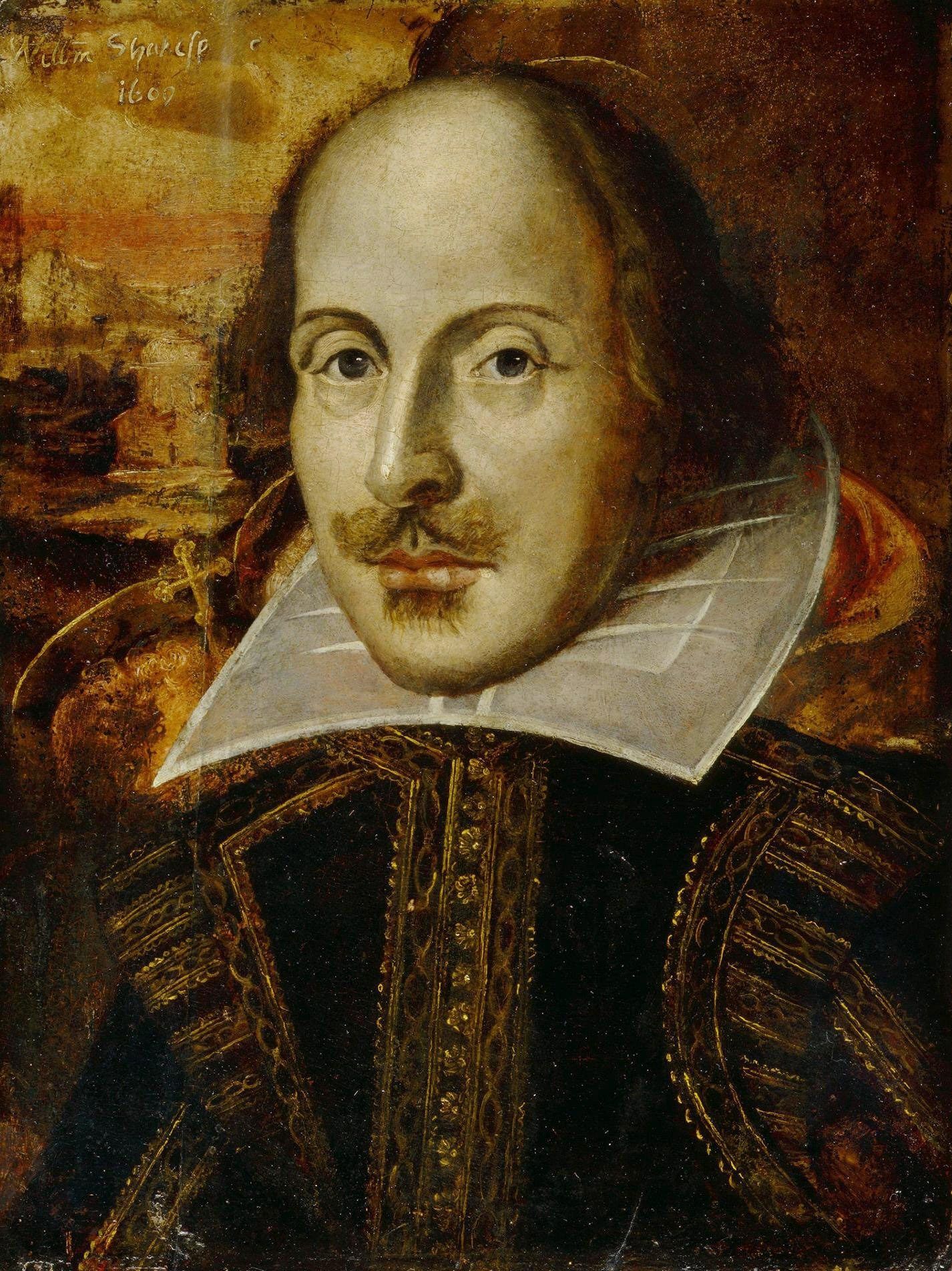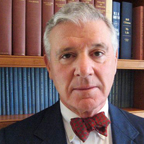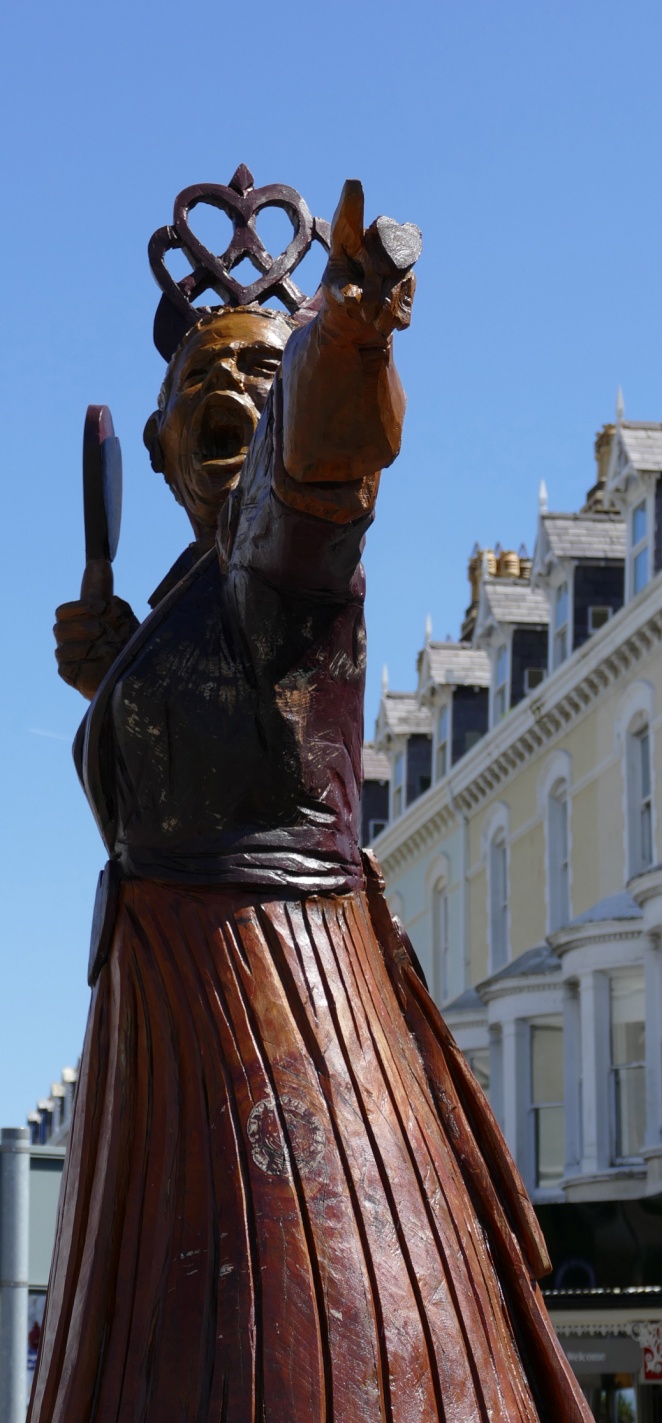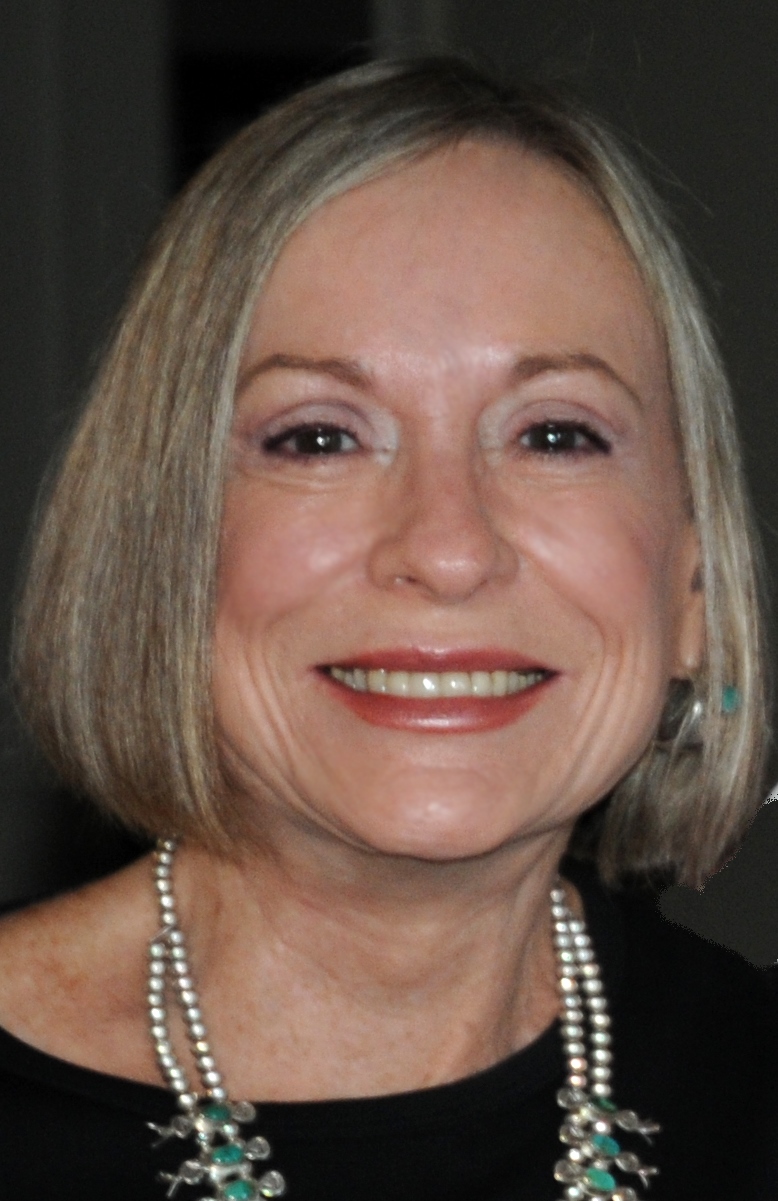
By Sandi Page, Member of the FAU LLS Jupiter Marketing Committee
The warm nostalgia of my childhood Christmases fills me with joy as each holiday season approaches. My Proustian memory of tastes and smells needs no nudging as I recall perfumed Decembers filled with spices in the air……the byproduct of the gingerbread men, frosty fruit bars, waffle cookies, ginger cookies, macaroons, mince pies and other baked delights that my mother would make for the festivities. Our home was filled with Christmas songs that she played on the piano or the radio throughout the day. We knew all the words. I and my siblings would sit at the dining room table with mountains of construction paper, paste, scissors, cookie cutters in the shape of trees, angels, bells, wreaths, candy canes, and candles which served as templates, all instrumental in the making of Christmas tree ornaments which were cherished and used for decades. I still have two of them. We would then bundle up and race out into the snow to build a big snowman complete with coal for eyes, a carrot for a nose, a scarf around his neck, and real buttons on his chest from my mother’s fascinating button box. Hot cocoa awaited us inside afterwards. There would be visits to the department store for the yearly photo with Santa and the Christmas pageant to participate in at the perfect little Norman Rockwell whitewashed Presbyterian church we attended. One Christmas Eve stands out as not quite fitting this idyllic mode. I was 4 years old and quite ill. My parents decided, in an attempt not to have my brother and sister also sick for Christmas, that instead of my sleeping upstairs where all the family bedrooms were, I would spend the night on the daybed in my mother’s sewing room which was separated by glass French doors from the formal living room, a room that was only used for company. The Christmas tree and all the decorations were in the family living room on the other side of the house. The isolation felt complete. The clock ticked loudly but time stood still. My fever would allow no sleep. Miserable, I lay there and waited for morning. Sometime after midnight, the door opened and I heard the crinkly sounds of the long cotton stocking filled with gifts and Christmas fruit that Santa would place on the foot of each child’s bed on Christmas Eve as we slept. Ah, but that was the problem. I wasn’t asleep and, much to my panic, the words of my daytime Christmas song about the all-knowing Santa suddenly filled my head…..
He sees you when you’re sleeping, he knows when you’re awake, he knows if you’ve been bad
or good, so be good for goodness sake……
I closed my eyes as tightly as I could and didn’t move a muscle, simulating sleep. There was no doubt in my mind that Santa would know I was pretending and there would be no Christmas stocking for me that year. Much to my shock, he placed the overflowing stocking on my bed and tiptoed out. My disillusionment was immediate, the fever forgotten. I contemplated the first
great disappointment of my life….Santa could be fooled. He wasn’t that smart after all.
I thought about that for the rest of the interminable night. Christmas morning finally came and was, as always, magical. That was the year Santa left us a big fully furnished dollhouse under the tree, a Betsy Wetsy doll, a make-your-own-perfume kit, an electric football game and a parking garage with a real elevator, toys which we all joyfully shared, for that morning at least. I kept my newfound knowledge about Santa to myself. The disillusionment came full circle a few years later when Miss “Jones”, my elderly elementary school teacher, with her yellowish-gray hair braided in ever-smaller concentric circles in a coronet atop her head, stopped us in the middle of our reading a Christmas story about Santa in class to exclaim coldly, “You all know, of course, that Santa doesn’t exist! It is really your parents.” No, we did NOT know and the silence was total in that classroom as rows of shocked little faces tried to absorb this shattering news. Conversation at my dinner table that night was illuminating…..”So,” I said, “Santa doesn’t exist. That means that the Tooth Fairy doesn’t exist, the Easter Bunny doesn’t exist either and God doesn’t exist.” My parents hurried to reassure me that although Santa, the Easter Bunny and the Tooth Fairy indeed did not exist, God did! The seeds of doubt had been sown, however, and it was many years before I would regain my faith. It also marked the beginning of my lifelong strong intellectual curiosity about the true nature of everything, and where the reason behind my being asked a question was, and still is, more interesting to me than the question itself.
I asked fellow students, faculty and staff to share a memory of a past holiday and the fascinating recollections they generously sent me took place in different parts of the U.S. as well as in Mexico, England, Finland, France and Switzerland. We start off with Ginny Higgins and her wonderfully inclusive family holiday traditions and we finish with a contribution from Dr. Taylor Hagood, an additional gift to all of us and especially those of us who are going through withdrawal now that his magnificent series of lectures about Sherlock Holmes has just finished.
We wish you all a joyful holiday season and a Happy and Healthy New Year.
Ginny Higgins – Student
Our family has the best of all possible worlds – we are diverse and celebrate EVERYTHING!
This year, Hanukkah starts Dec. 24th, Christmas is Dec. 25th and Kwanzaa starts Dec. 26th.
We light the menorah, we have lights on the house and the tree, and we light the Kwanzaa candles. Our decorating theme consists of snowmen EVERYWHERE. In this day and age, with such uncertainty and intolerance, this is an opportunity to celebrate our oneness as a family and our diversity as individuals. We are thankful each and every day. This year, I am adding a rainbow of lights to celebrate our LGBTQ members, too! May you all have a happy, healthy 2017.
Paul Newton – Student
Triple Treat
When I was young, I always loved Christmas Day since we would open presents at my father’s house early Christmas morning. After playing with my new toys a bit, my father, sister, and I would walk next door to my grandparents’ house where my uncle and aunt would also be. We would all have a nice breakfast together and then open more gifts. After this fun visit, my sister and I were off to my mother, younger brother, and stepfather’s home (only a mile away) where we would open more presents and then have a wonderful Christmas meal. Three Christmases in one day. A young boy’s version of paradise.
Barbara DePalma – Student
Looking back over our past Christmases, I realize they were all special. To me, it is all about sharing love with family, great food, and keeping family traditions alive. Now that we spend Christmas in Florida, we miss our family and family traditions. This year, I am trying to restore some of the magic. Unbeknownst to my son, we brought some of his favorite Christmas decorations to Florida. He is arriving late Christmas Eve. We are so excited to see his face when he walks in the door and sees so many familiar mementos. Hopefully, this will bring back some of those warm, fuzzy feelings.
Jean Dessoffy – Student
Boxing Day
I lived in England the first half of my life. There, the day after Christmas is Boxing Day, a national holiday going back to the 17th century. A Christmas Box was given the day after Christmas by the land owner, or lord of the mansion, to the employees who worked for him. The box usually contained left-over food, money, etc. December 26 is still celebrated today in England and the Commonwealth Countries. People have friends over to finish off the Christmas food and enjoy a party.
Editor’s Note: Over the years, I have attended many of Jean’s Boxing Day parties, both up north and here in Florida. I can attest to the fact that they are magnificent fun, full of great cheer, wonderful food and sparkling company, the perfect antidote to that post-Christmas letdown!
Suzanna (Suzie) Wells – Staff
The Big Bluff
On a cold winter’s morning in the year 2002, I happened to see an advert on television for a day trip to Lapland, the home of Father Christmas. My twin daughters, who were 9 at the time, had just started doubting the existence of Santa Claus. So, my plan to meet the great man himself and extend their belief was hatched. On the day before Christmas, we were up at the crack of dawn and, after a short flight, landed in the barren, snow-covered tundra of Lapland, Finland. It was most mysterious. We were met by an elf and issued snow suits and boots to wear as temperatures could drop to -40, though we were fortunate as it stayed around a comfortable -4, brrrrrr. We had a fantastic day, husky sledging, reindeer sleigh rides and snowmobiles. Plenty of hot chocolate and mulled wine served all day and a lovely winter’s feast in a snowy log cabin. After a fun-packed day of activities, the time had come to meet the man himself. He didn’t disappoint, either. Honestly, I even believed by this point! The girls had their photos taken and gave him their lists, both got lovely wooden traditional gifts and we headed home. It truly was a magical day and for the next 2 years or so, they were as excited as ever to write their lists in the knowledge that Santa, along with his 7 reindeer, would be visiting our house.
Emily Morton – Staff
My best Christmas memory was at my grandmother’s house in France when I was five or six years old. My grandmother, my mother and I spent the day preparing for Christmas Eve because the whole family was coming to celebrate with us. We made fun, crafty Christmas decorations and prepared a ‘Buche de Noel’ log cake. We also made gnocchi from scratch which was a lot of fun. I remember balling up little pieces of the dough and trying to keep up with my mother and grandmother (two forces to be reckoned with in the kitchen). The reason I am so fond of this memory is because there we were, three generations, in one small kitchen. We sang, we laughed and truly had a blast together! I hope to continue those traditions someday.
Wendi Geller – Staff
As a kid, we lived in Carmel, Indiana. Our neighbors were the Murphys, a nice Irish Catholic family. We had the distinction of being the only Jewish family on the block, heck, probably in the neighborhood. Our families got along well and we all became great friends. It was fun having the family over to light the menorah. I can still hear the girls saying “Clanika”, trying to duplicate the way we said Chanukah. One year, my Dad brought home a gift he had received at work; a beautiful set of Christmas china. Needless to say, we didn’t have a use for these dishes, so Mom gave them to Mrs. Murphy. Those dishes had a place on her holiday table for many, many years. She told me it made her happy to set the table with them and remember our family.
Kimberly Bowman – Staff
The one certainty we have in life is that life changes. This Christmas will mark the first in almost twenty years that we will not be anxiously and excitedly awaiting Santa on Christmas morning. What will now be the new normal seems to have come all too suddenly, despite a year’s worth of forewarning. It brings to mind the most wonderful Christmas traditions of my childhood, and how Mom brought the magic of Santa to life. I vividly remember my family celebrating Christmas Eve with music, dancing, an abundance of dishes from Ecuador and Peru, and an even greater abundance of presents that seemed to magically multiply from under the tree and spill halfway across the living room. Most years, they would even make their way onto the sofas. You see, our family was not just family. It was families and friends who would all come together at that time of year to celebrate, laugh and reminisce about the year that had passed. Dinner was served around 8 o’clock, then came dancing and finally my favorite part of the night – the opening of gifts at midnight. The passing out of gifts from Mom, Dad, aunts and uncles, and family, was an annual ritual that seemed to go on for hours, until finally Mom would take us up to bed, get us into our Christmas PJs and remind us that Santa would be coming soon. My sister and I would try our best to fall asleep as we looked forward to the next morning. As Christmas morning came, it was an absolute joy to wake up, lean over the edge of my bed and peer down to see all the toys Santa had left there. They were all unwrapped, because Santa doesn’t wrap presents, he makes them, takes your list out of your most special shoe which you’ve left on the windowsill of your bedroom window, and leaves all your toys right next to your bed; and what child wouldn’t believe in a Santa like that?!
Dr. Benito Rakower – Faculty
Christmas in Mexico
I was four. It was Christmas. There was a piñata party for children on our block in Mexico City. A decorated clay jar filled with small toys and candy was suspended from the ceiling. It was a blind-folded girl who wielded the wooden stick that smashed the jar. Children rushed in to gather the prizes fallen to the floor. But the triumphant girl lost her balance and fell, cutting both her knees badly on sharp pieces of broken clay. We were horrified and none of us picked up anything.
Myrna Goldberger – Faculty
It’s the time of year for a little levity and humor. Here is my contribution which I have used in my classes to note the coming of Chanukah:
A Jewish grandmother walks into the post office to buy stamps for Chanukah cards she wishes to send. “I want 20 stamps,” she says. The clerk responds, “What denomination?”
“Oy, vey”, she mutters. “I guess it will be 6 orthodox, 10 conservative and 4 reform!”
……and now for a true anecdote:
Montgomery Ward was holding a sales meeting right before Christmas and the group was asked for some holiday ideas that would stimulate sales and call attention to their merchandise. A salesman, fighting to stay awake, was busy doodling on a pad and not really listening to the speaker. He was drawing a reindeer and, nonchalantly, picked up a red pencil that was sitting on the table and colored in the reindeer’s nose. The person sitting next to him noticed what he was doing and thus was born Rudolph the Red-Nosed Reindeer. The creation became the store’s holiday recognition, boosted customer interest and resulted in a highly successful marketing technique.
Dr. Kurt F. Stone – Faculty
A Most Profitable New Year’s Eve
Back in the mid-1960s, a couple of friends and I spent several New Year’s Eves hanging out and shivering – alongside a vast throng – on the Rose Bowl Parade route on Pasadena’s Colorado Boulevard. One year, we got my father’s permission to stay overnight in a warm office building he owned on a street paralleling the parade route, a mere block to the south. Dad gladly provided us with a key to both the building and parking lot. We decided to rent spaces in his parking lot – at $5.00 a car. (In those days, minimum wage was a mere $1.25). We rented out the entire lot within twenty minutes, pocketing a minor fortune. When Dad found out, he laughed and reminded us that since he owned the property, we owed him a percentage of the take. Indeed, Dad had a great head for business!
René Silvin – Faculty
My earliest Christmas memories are of the small Bernese mountain town of Gstaad, Switzerland, where I grew up. Fifty years later, Gstaad is much the same as it was then.
At Christmas time, the pristine, snow-covered, pedestrian streets are full of children singing. They hold candles while the distant sounds of Swiss horns can be heard emanating from the surrounding mountain tops, and the beautiful Palace Hotel completes the iconic picture.
The wooden chalets are all immaculately maintained and painted with alpine detail. Many of these have 2/3 scale doors conjuring up fairytale-like scenes.
Most windows have exchanged the summer-time flower-filled window boxes with candles. It is a heartwarming sight I hope your readers will experience.
Happy Holidays!
Dr. Taylor Hagood – Faculty
I’ve had Sherlock Holmes on the brain the past four weeks, so the Christmas memory I would like to share is Holmesian. I had the pleasure of being in London during the Christmas season about six years ago and doing a number of Christmas-touristy things. I visited the Dickens House and Museum on Doughty Street, which was done up in Victorian holiday style. I loved seeing the original serial installments of Dickens’s novels on display under glass. The animated version of A Christmas Carol featuring Jim Carrey as many of the characters was on the screen and there were huge lit-up signs advertising it in Piccadilly Circus. I had just been to Salzburg to see a marionette rendition of The Nutcracker as well as its Christkindlmarkt, and it was fascinating to see a Christkindlmarkt also in London.
The most memorable touristy thing, though, was visiting Baker Street, for emerging from Baker Street station revealed a scene of big wet flakes of snow falling white against the darkening sky and buildings. My understanding is that even though Dickens’s Christmas novella has fixed a romantic image of a London white Christmas, snow at that time is actually rare, but here it was! The Sherlock Holmes Museum was great, but while going through it several times, I looked out the windows to see the snow drifting down in insouciant steadiness, as if it knew full well plenty of people wanted it there and was glad to use its leverage. Inside, orange flames grousing and kicking in the fireplaces lent their cast to the warm glow of the wood and leather furniture while outside, the gloaming’s peaceful blue spread softly and quietly. There was something both light-hearted and profound in seeing the domicile of Holmes, Watson, and Mrs. Hudson in real life.
The snow had quit falling by the time the museum tour was over, but on the way there I had noticed a store just down the street that specialized in Elvis Presley memorabilia. I’ve seen plenty of fans massed together to see Graceland in Memphis, and I’ve seen ardent followers pondering Elvis in the chapel on the grounds of his birthplace in Tupelo, which is not far from the town where I was born. But now here I was in London, on the street and in the house where lived someone I had read about but who had never existed, only to see, on the very same street, a store dedicated to someone from my part of the world whose larger-than-life image often hid from view a complex and shy individual. Walking through that little store and seeing all the different items with Elvis’s image on them, I thought about this unexpected blending of the familiar and the foreign, of the real and the imagined. I thought also about home and its interconnections with places such as this one so far away from home and how they could suddenly seem to be the same thing. Many times when I was a kid reading about Holmes, he seemed to me to exist in a quasi-American space, since I had no real conception of London, while, at the same time, living in different places away from the South altogether, I had encountered Elvis music, films, and photos and felt that deep familiarity of his accent, the songs from my family’s original Sun Records, and my mother’s stories about seeing Elvis perform in Tupelo. Both Elvis and Holmes I had known first on television screens—Basil Rathbone and Jeremy Brett as Holmes and Elvis Presley as, well, Elvis Presley—and here they were together, two people who were part of my growing up.
It didn’t snow anymore during that trip, but that was ok. As Dickens wrote in his seasonal tale of the ghost-haunted Ebenezer Scrooge, the snow “came down handsomely.” Then it took its bow and moved on with brief but memorable exquisite taste, making just enough of an appearance to remind someone—at least this someone—that there are wonderful, magical links between myth and reality, and that imagination is not simply something unreal, stuck only in a person’s mind. 221B Baker Street might not be a real address nor its inhabitants real people, and maybe Ebenezer Scrooge never lived in a London that sees snow every Christmas, and maybe even the Elvis Presley the world has known and celebrated may not have much in common with the drug-addicted man who slept all day and watched movies all night. But for a moment, I was able to see them all in the same place and feel the many layers of existence.









